The London Psychiatric Hospital grounds now consists of 23 buildings including the Chapel of Hope church, horse stable and infirmary building.
The London Asylum for the Insane opened in 1870. In 1869, the provincial legislature provided $100,000 in funding to build the asylum. The asylum was built upon 300 acres of land in what is now known as Highbury Avenue. The asylum was ready to accept patients in November of 1870.
The main building featured a number of wards for different patients. There were wards for paying patients and free wards. The paid wards offered more comfortable surroundings and private rooms at a rate of between $1.50 and $2.75 per week. The number of patients who used the paid rooms was quite low.
Male and female patients lived apart but were able to socialize. Patients staying in the North Ward were confined and not able to move around the asylum,
The Medical Examination building opened in 1903, and offered dormotories and individual rooms. There were sunrooms where patients could relax. You can see where the sunrooms used to be at the leftmost part of the existing building today.
The original facility was named The London Asylum for the Insane. In 1932 the name was changed to the Ontario Hospital for the Mentally Ill. In 1968 it was renamed the London Psychiatric Hospital (LPH).
And in 2001 the last name change was St. Joseph’s Regional Mental Health Care London.
Chapel of Hope Building
The Chapel of Hope is located behind the main hospital building. Thousands of people have been married inside this scenic chapel, which became the property of Infrastructure Ontario after the hospital ceased operations.
Before the chapel was built, religious services were held in the general recreation facilities which was up three flights of stairs. This raised concerns about the elderly not being able to attend. In 1884 the church was constructed in a Gothic Revival style. The labour was provided by patients. The church was part of a plan by Superintendent Dr. Richard Maurice Bucke to create a beautiful grounds to help improve patients mental health. He petitioned Public Works Ontario to build the chapel. Both Protestant and Catholic services were held at the church.
Interestingly, the chapel was built with both a Roman Catholic and Protestant alter at opposite ends of the church. The pews were designed so that they could face either direction. When the Protestant congregation needed more space to worship, the church became Catholic.
The stained glass windows combine images of religion with images of the Asylum which at the time reflected religions role in moral therapy.
In 1970, the Chapel was renamed the Chapel of Hope and various rejuvenation projects were undertaken to restore the inside of the Chapel to its former glory.
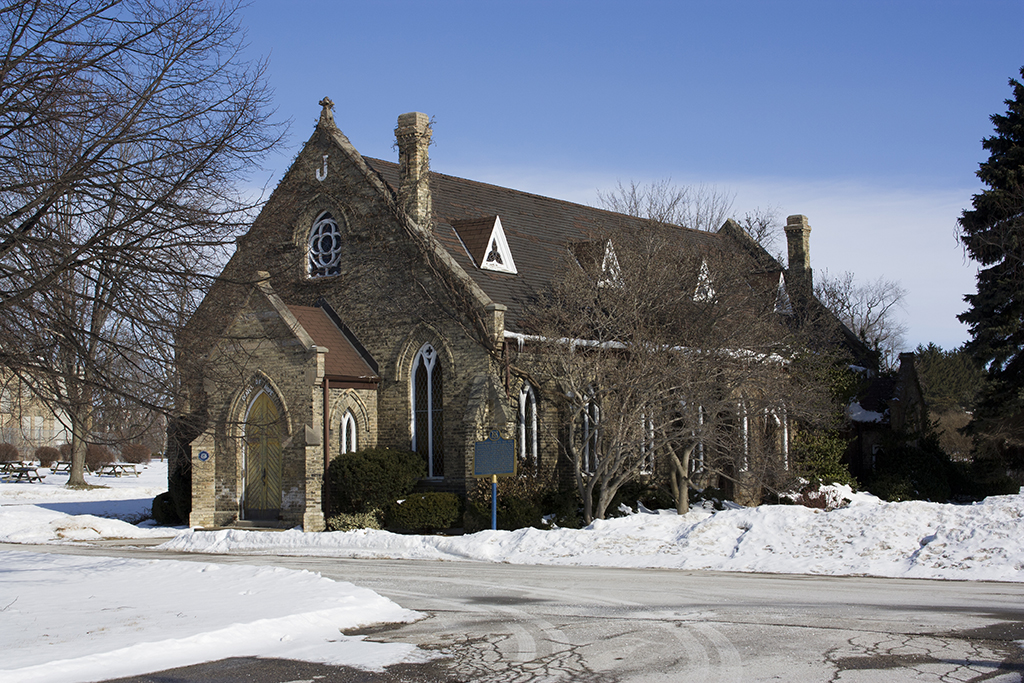
In it’s last years of use, weddings at the chapel were booked by volunteers. The church had room for approximately 200 guests.
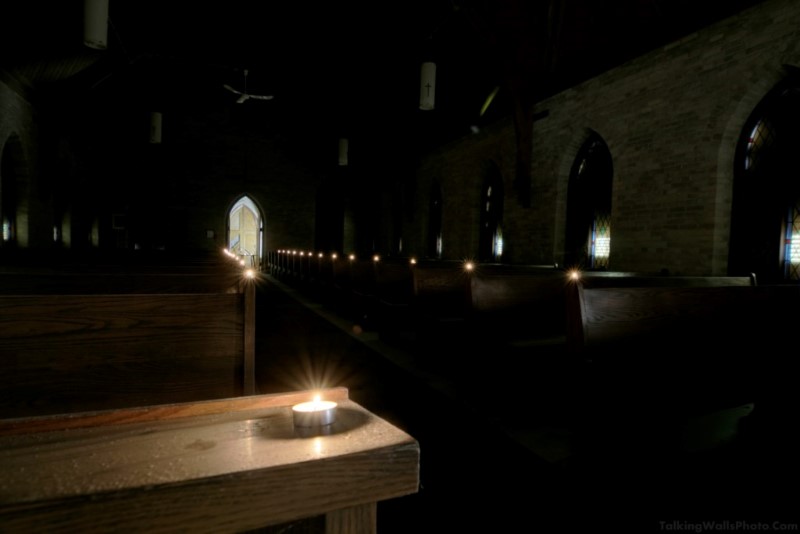
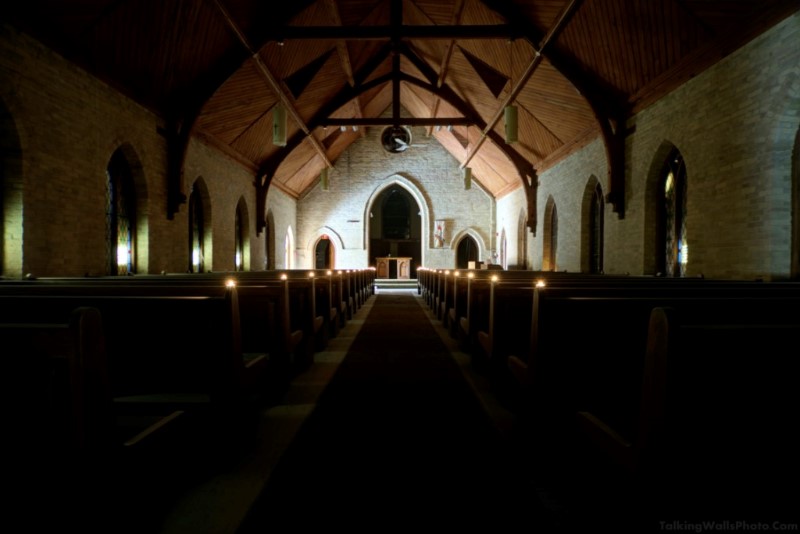
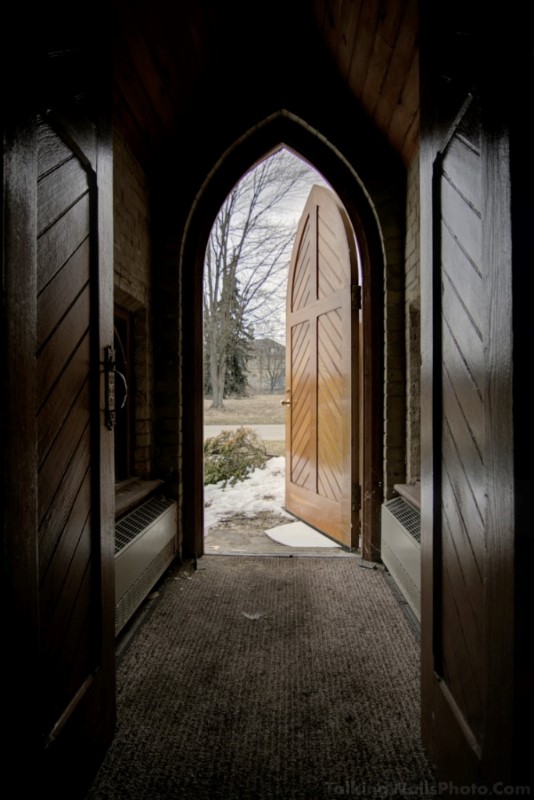
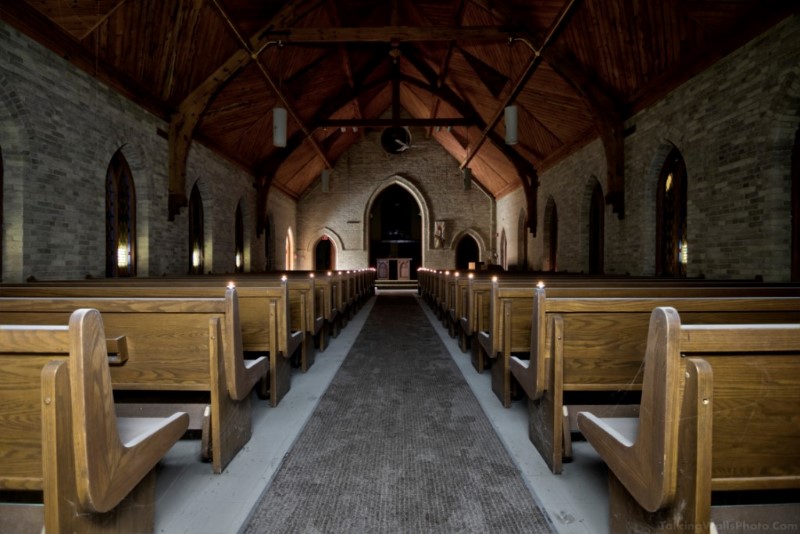

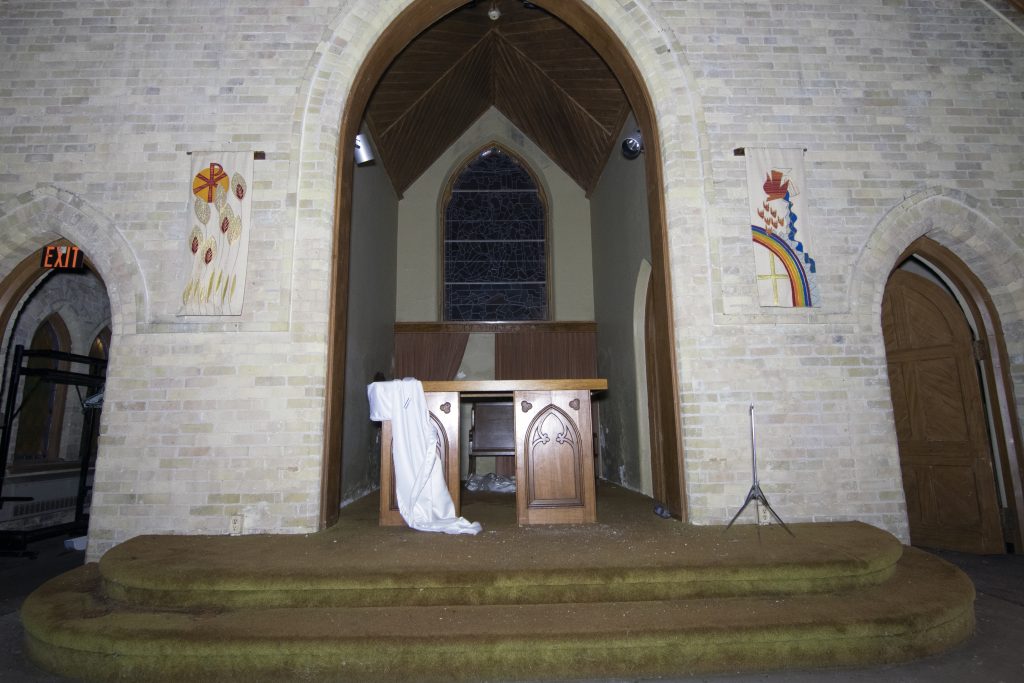
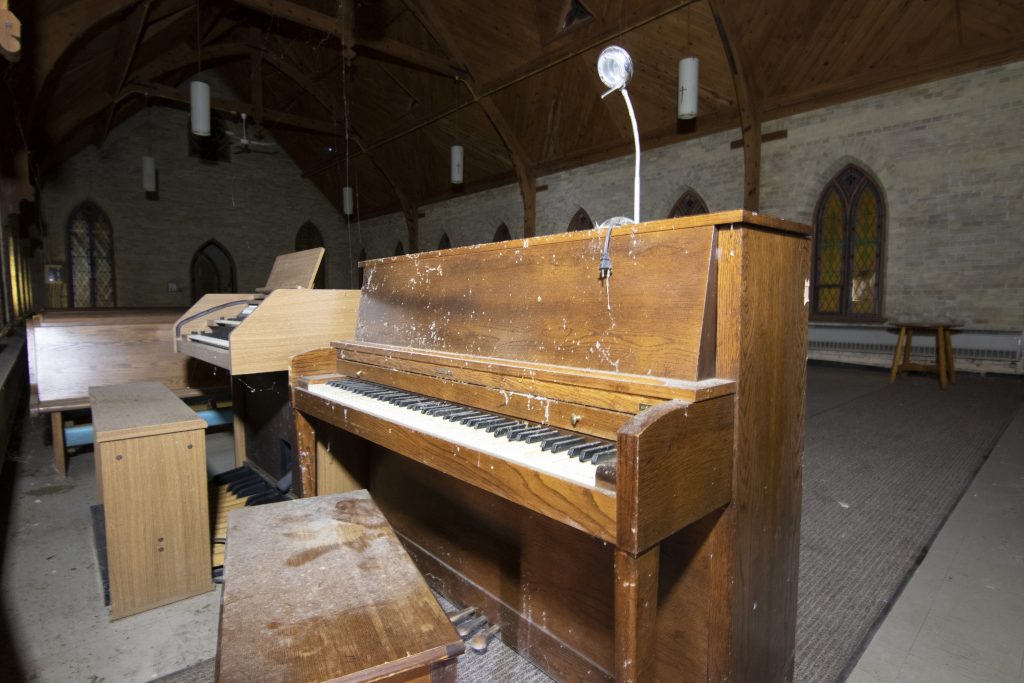
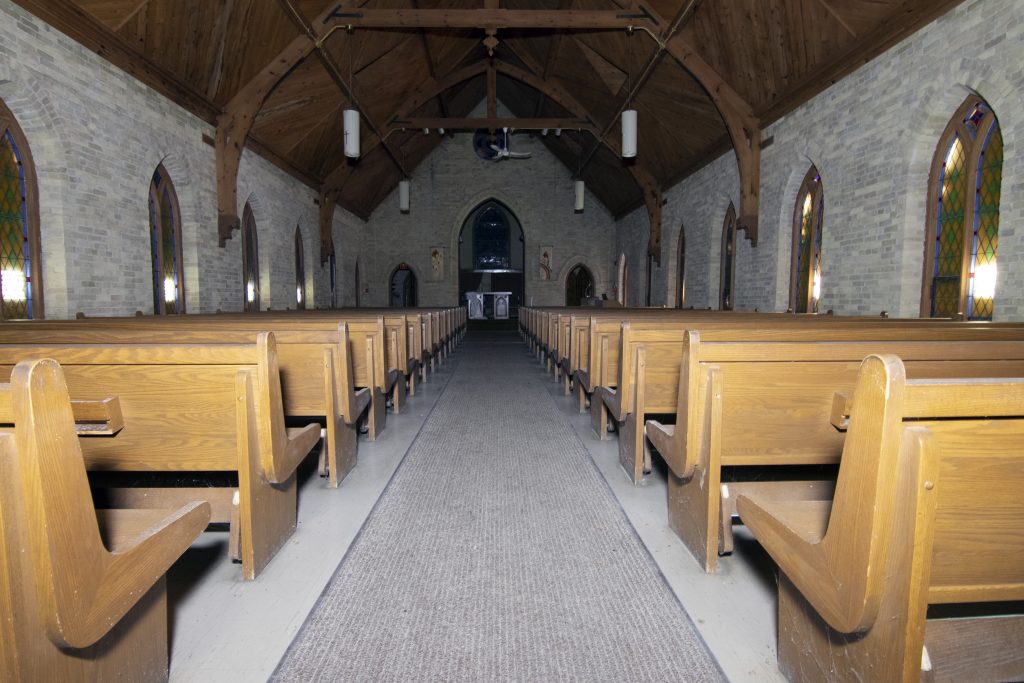
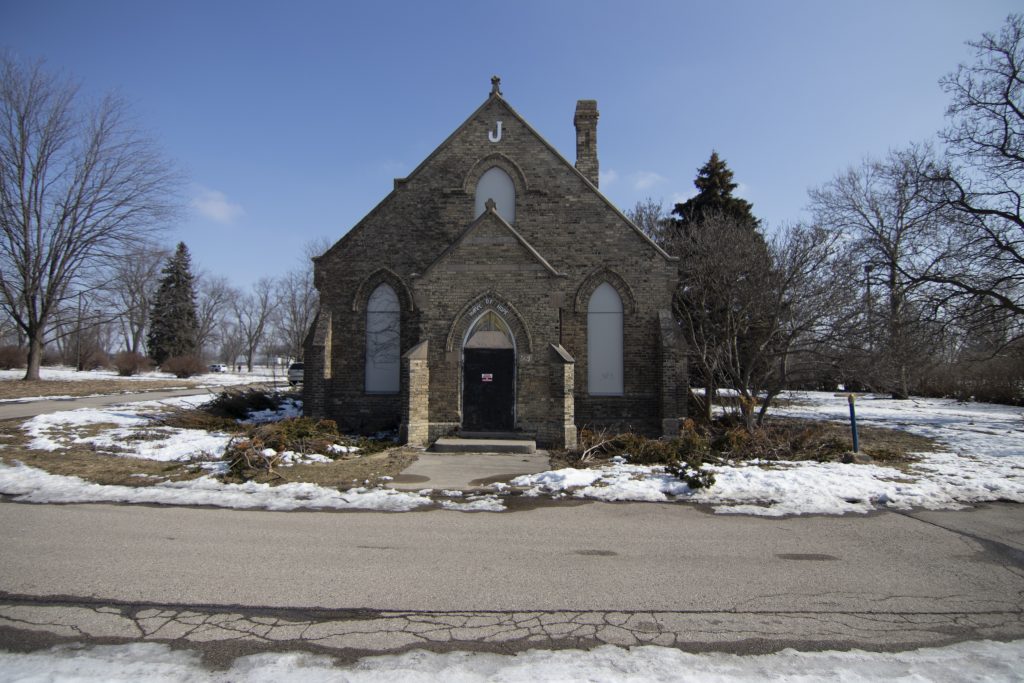
Horse Stable
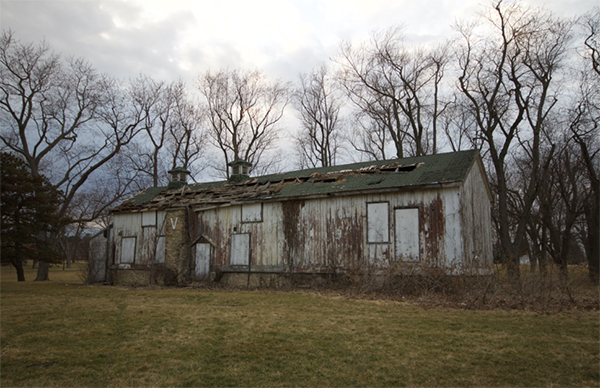
The horse stable was built in 1894, ten years after the construction of the church. It features distinct ventilation cupolas on the roof. The structure is in poor condition with the roof and top floor rotting.
Recreation Hall
The two-storey recreation hall was built around 1920. It features gable ends and on each side of the building are two small wings that jut outward, with pedimented gables. The windows are set in semi-curcular brick panels.
The recreation hall was used for recreational activities for patients as well as for staging performances. The public was invited to attend these performances. There was a swimming pool but it was filled in long ago.
The recreation hall has since burned down.
London Insane Asylum Observation Building
The London Insane Asylum opened on November 18, 1870 and was the first of its kind in Ontario. At the time of the 1871 census, only five areas of Ontario had enough of a population to be considered a city. They were London, Kingston, Ottawa, Toronto and Hamilton.
The London Insane Asylum was built at a cost of $100,000 to house patients from other facilities that had undergone restructuring and amalgamated their facilities. Some of the patients arrived from areas including Orillia and Malden (near Windsor).
The London Insane Asylum opened with a capacity of 500 beds, which were instantly filled.
There were two Superintendents of the facility – Henry Landor (1870 to 1877) and Richard Maurice Bucke (1877-1902).
Mental health practices up until this time were questionable, often horrific by today’s standards. It was believed that a patients mental state could be re-balanced through physical shock, whipping, burning and physical restraint.
Dr. Bucke, the second Superintendent of the hospital discontinued the use of alcohol and spirits for patients by 1879 and by 1883 discontinued the use of restraints. Instead he created an open door policy allowing patients to roam the hospital freely.
May 17, 2015 Photo Album

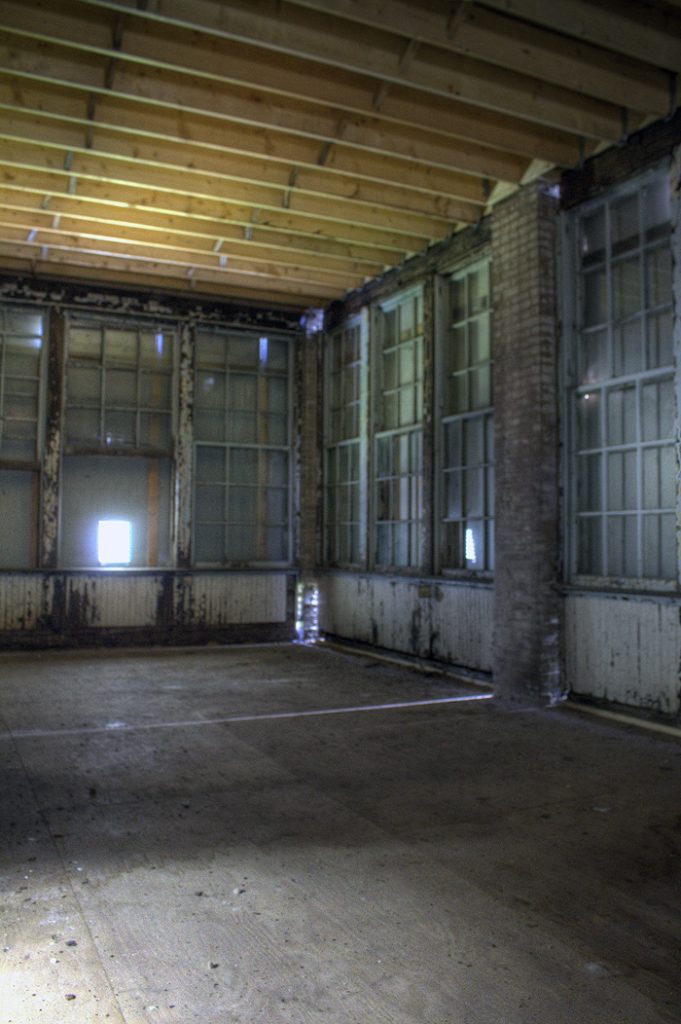




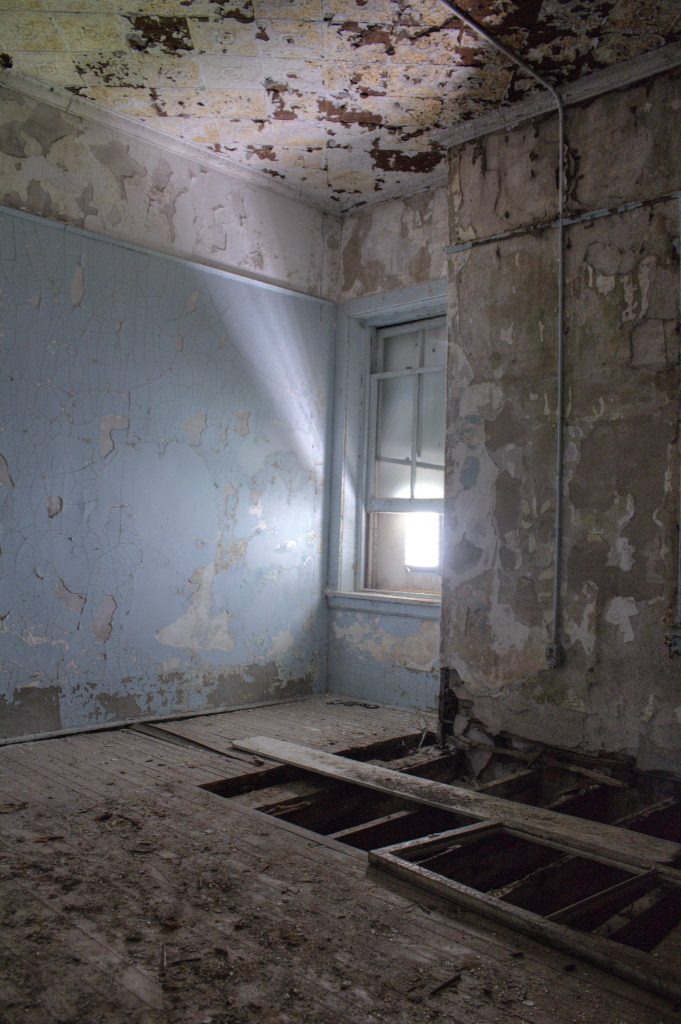
The 19th century saw more humane approaches to treatment of people with mental health issues. One such approach was that of Moral Therapy. Moral Therapy focused on improving care but also looked at teaching social norms and work habits. To help patients integrate back into society they also worked in some capacity at the facility. Men would work the gardens while women would learn to sew.
The long-term outlook was just that – long term. Once incarcerated, almost 50 per cent remained in the institution for more than ten years.
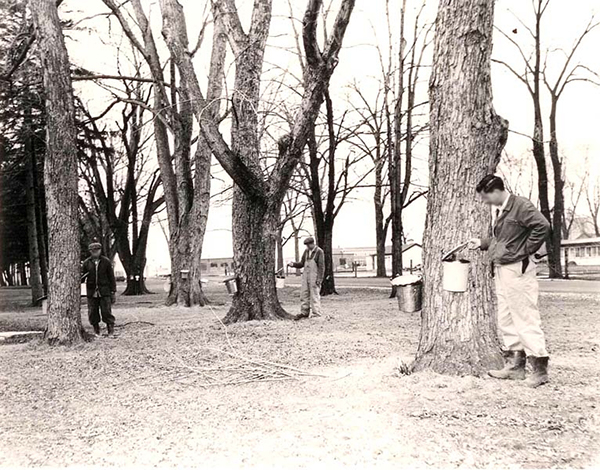
Hysteria and Masturbation
Dr. Bucke believed that in some cases of insanity, surgery could provide a cure. He began with a procedure to inhibit masturbation. This involved inserting a silver wire ring into the foreskin making it impossible to masturbate without injury or pain. In 1877 he performed this procedure 21 times but in the end conceded that the behaviour was more likely a symptom than a cause.
He didn’t perform any further surgeries until 18 years later.
Female hysteria was a diagnosis for women who exhibited anxiety, fainted, nervousness, sexual desire, irritability or sexually forward behaviour. Some families would commit their daughter to an asylum in order to save their family’s reputation.
Bucke adopted the popular Victorian idea that the female reproductive organs were connected to emotional and physical well-being, and were thus the most likely cause of mental illness. By removing the affected organ, by curing the body you could cure the mind.
Between 1895 and 1901, Dr. Richard Maurice Bucke performed over 200 surgeries on female patients in an effort to cure their hysteria. This included 12 removals of “diseased” ovaries and tubes, 21 for minor uterine diseased and 8 for vaginal lesions. Critics called his actions the “mutilation of helpless lunatics.” (J.Hillhouse)
These were times where insanity was a simple diagnosis that could be applied to any socially unacceptable behaviour including masturbation, depression or senility. Dr. Bucke trusted that insanity could be treated and even cured by surgery. He treated masturbation by “wiring” male patients to stop the habit. Wiring was the process by which a silver wire ring was surgically inserted through the foreskin, making it impossible to masturbate without pain or injury.
Dr. Bucke along with other superintendents rallied to have the title of their institution changed from asylum to hospital. This was to reflect the role of the physician rather than one of being custodial – which asylum suggested.
These operations were largely discontinued after Bucke’s death in 1902. In February 1902 it’s alleged that he paused to gaze at the stars one winter’s night and lost his balance, and died from the resulting head injury.
In 1924 additions to the property allowed for up to 1,200 patients.
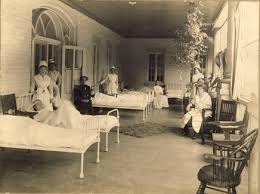
Infirmary Building (March 2020)
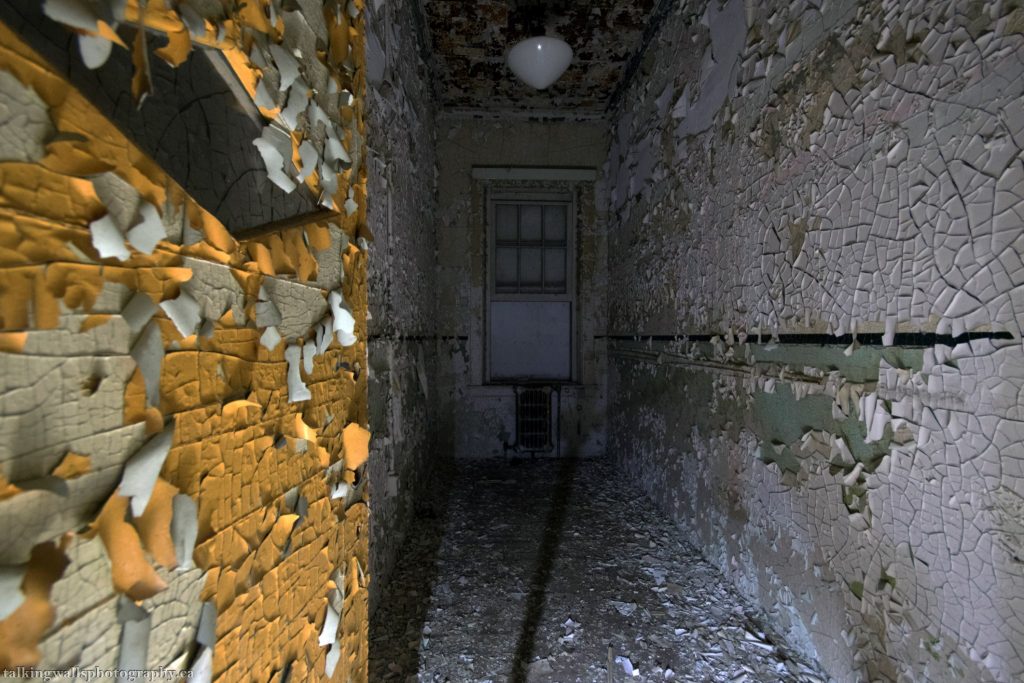
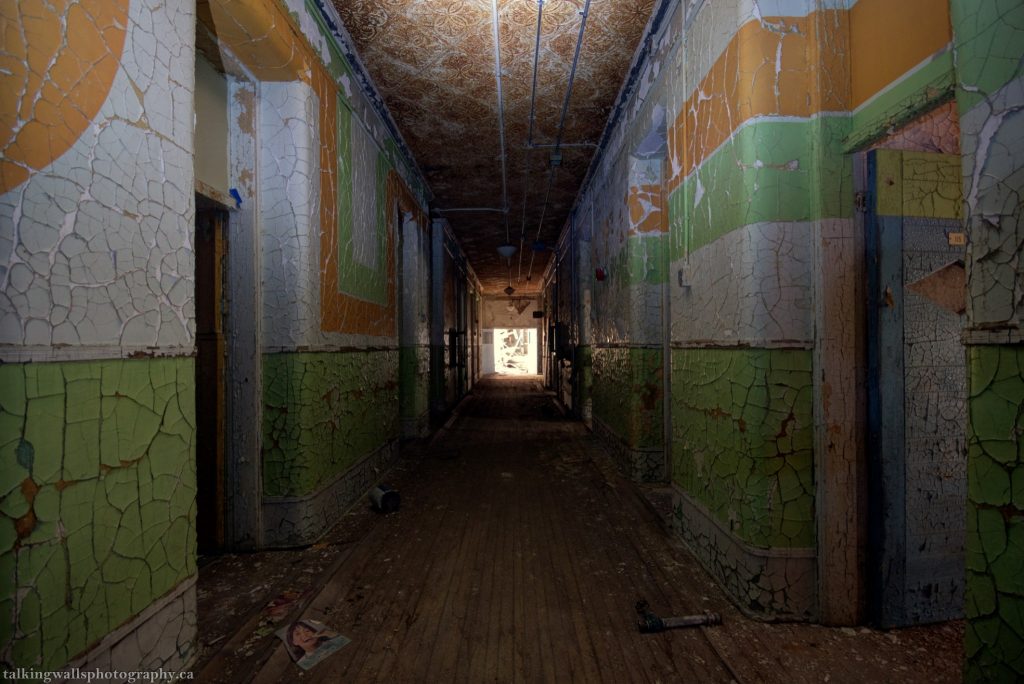
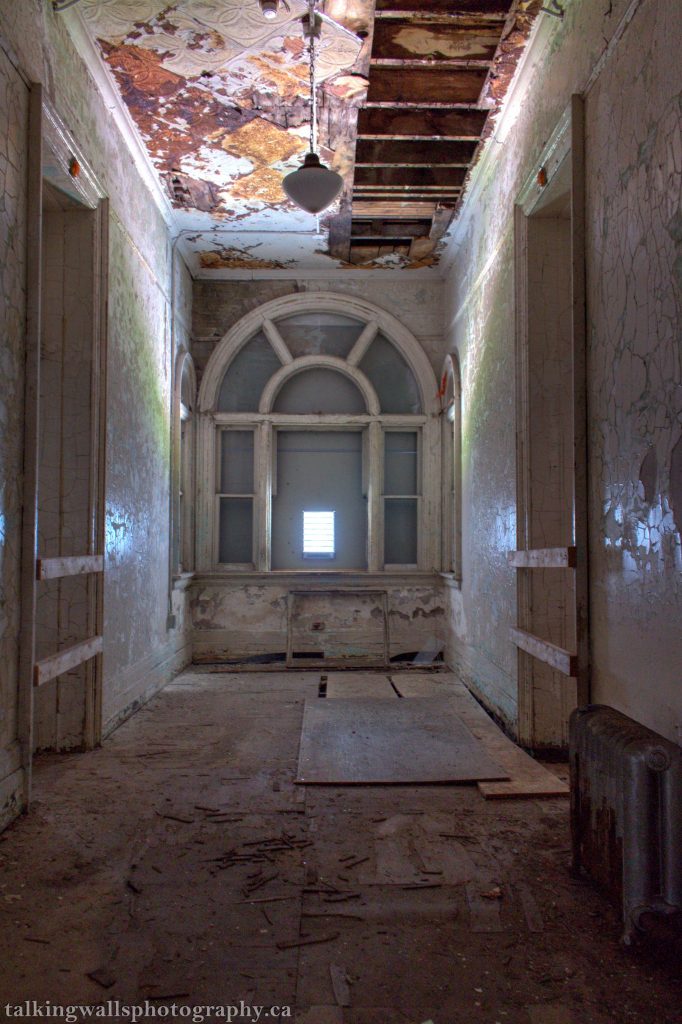
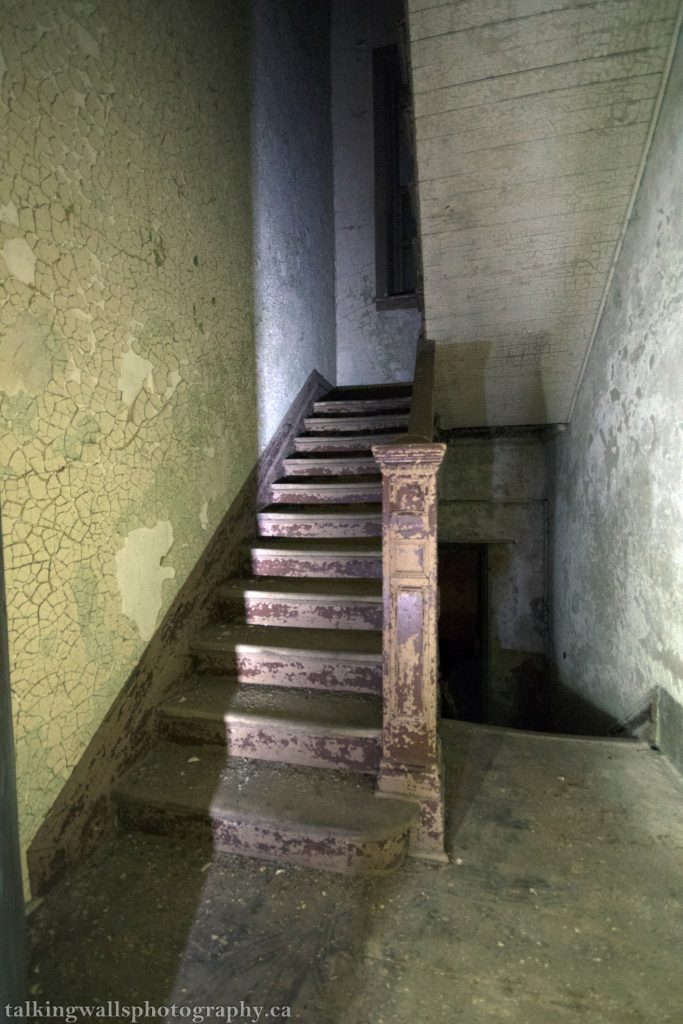
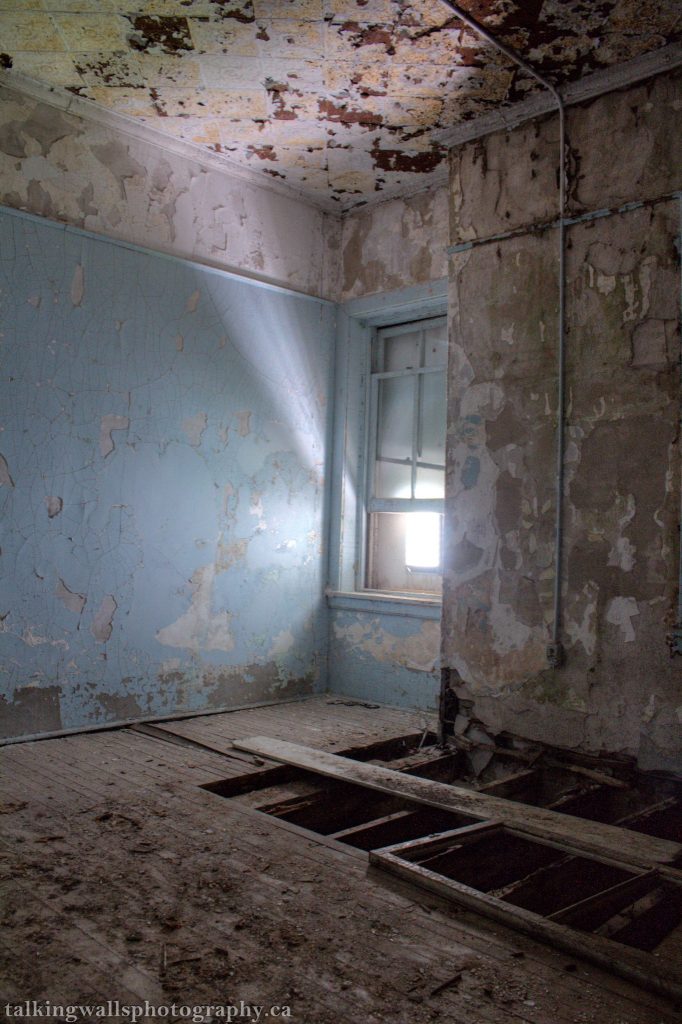
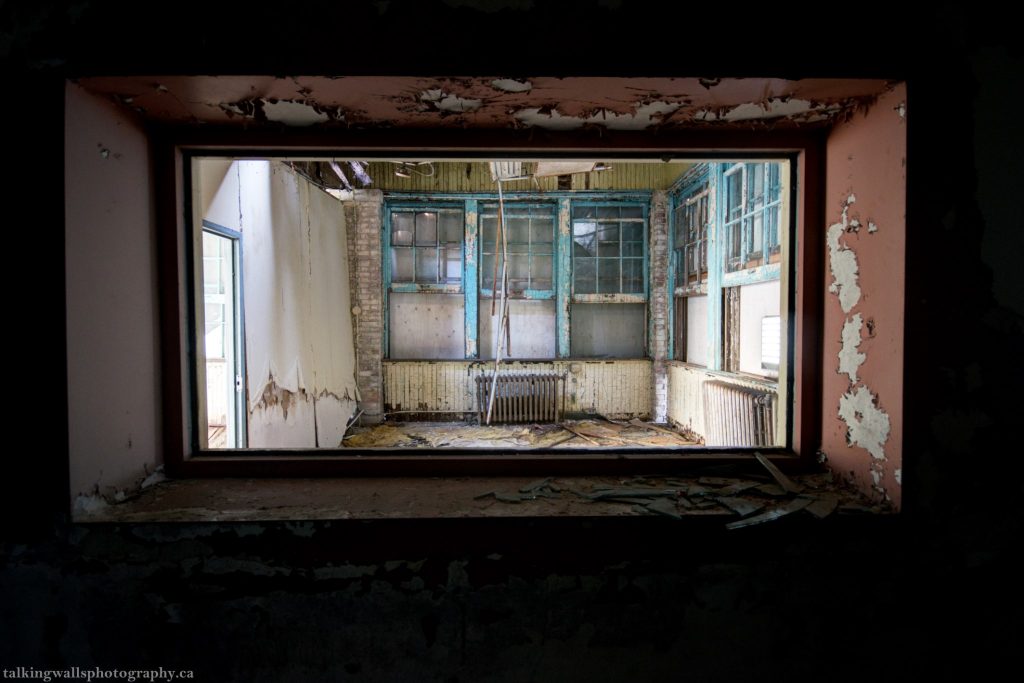
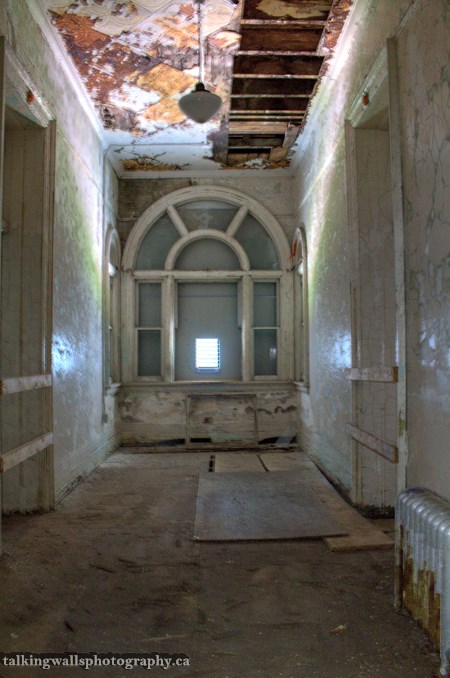
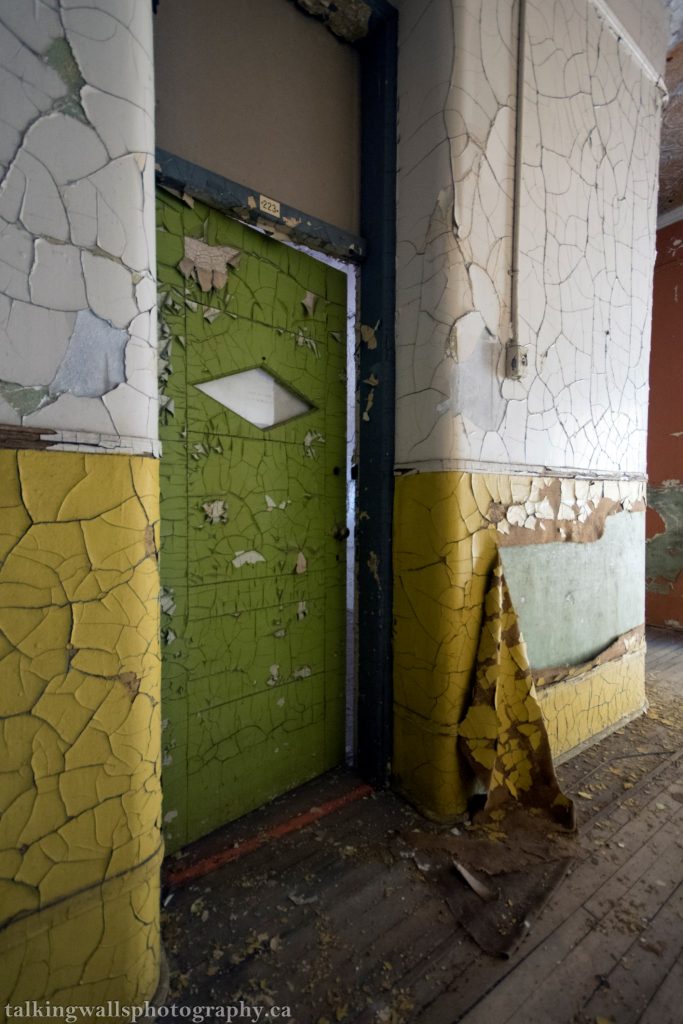
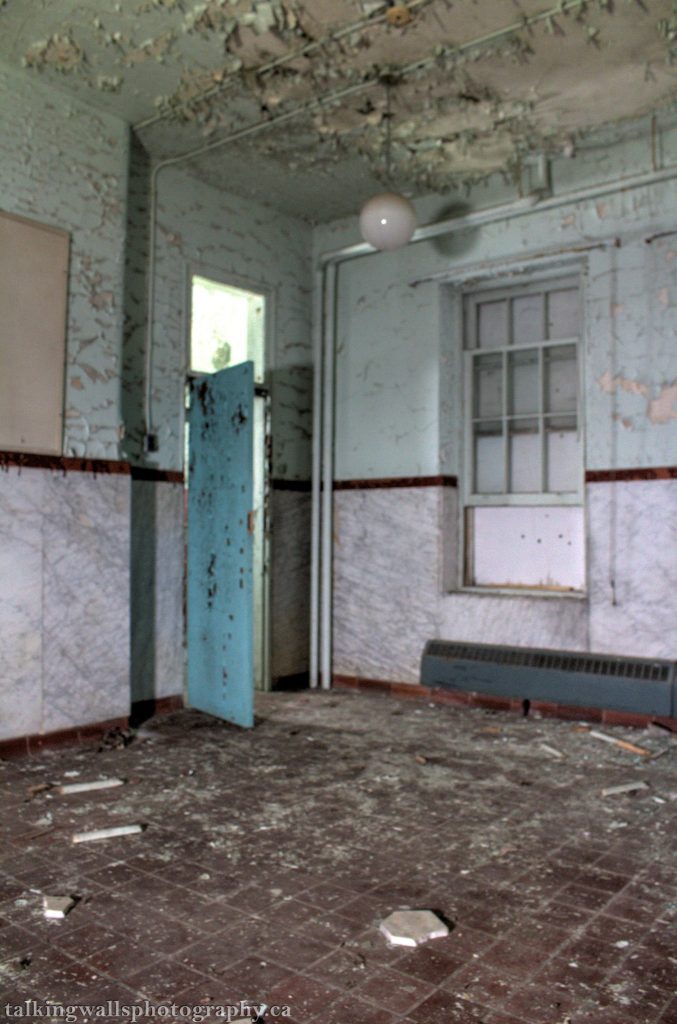
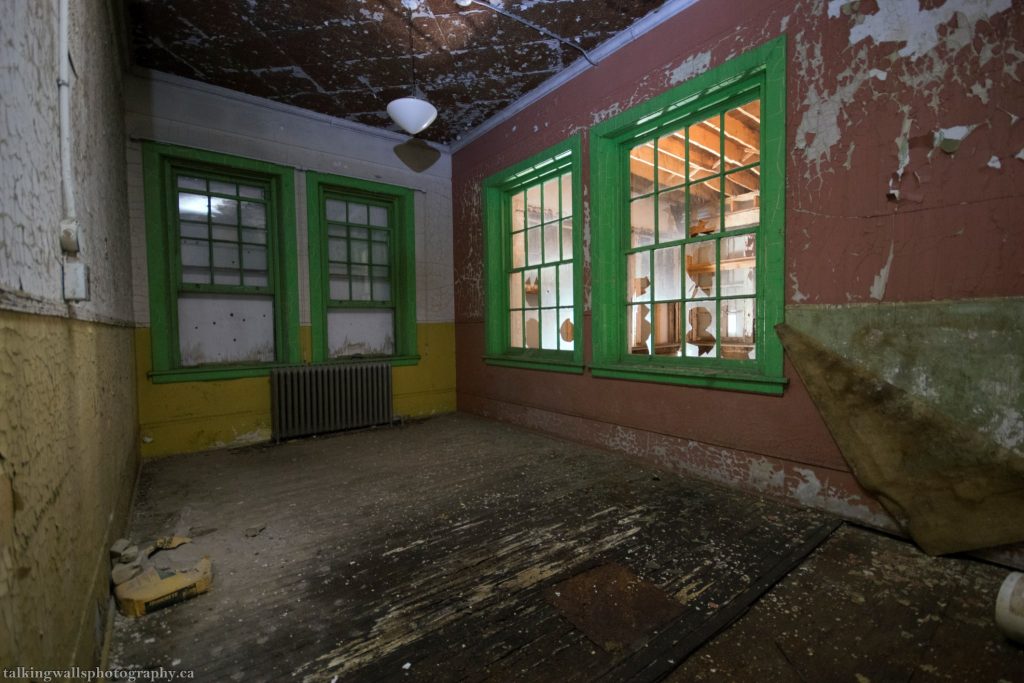
March 2021 Photos
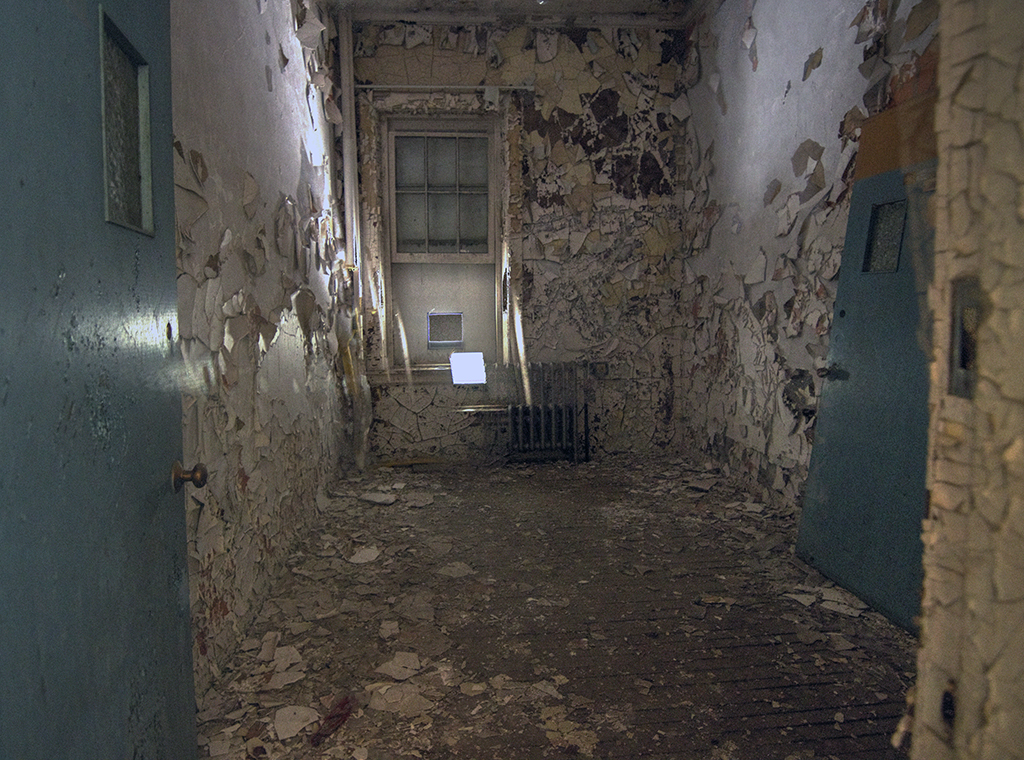
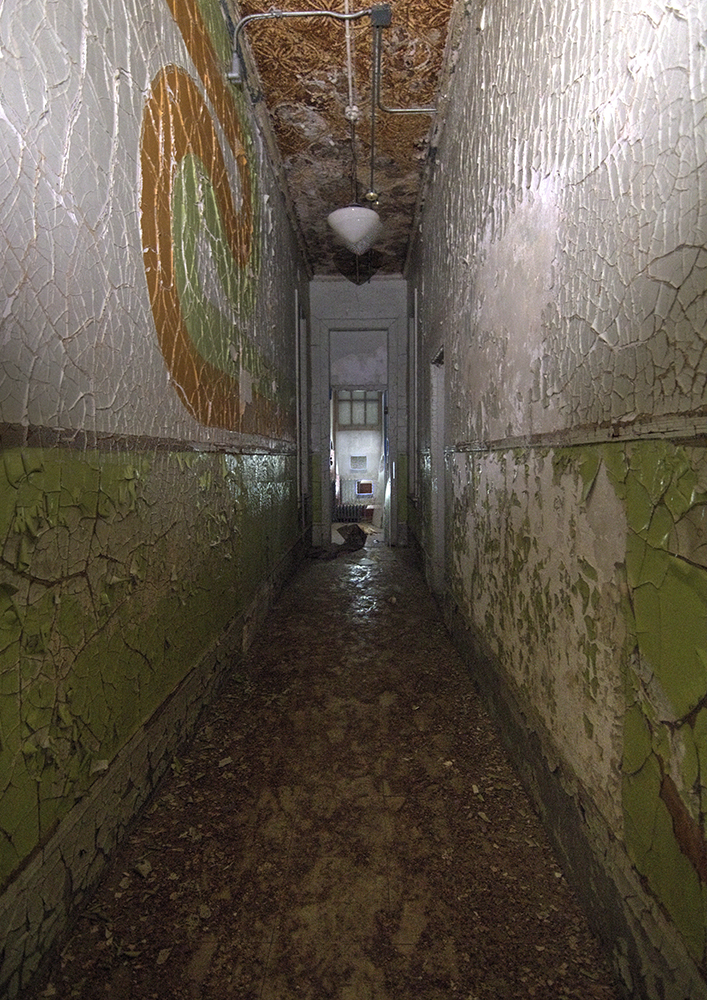
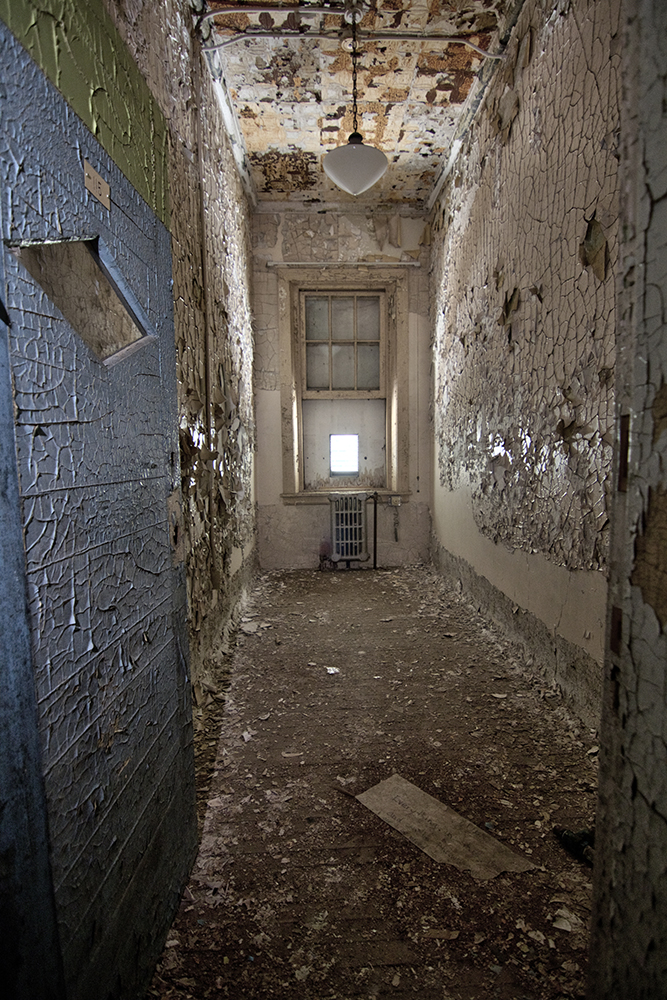
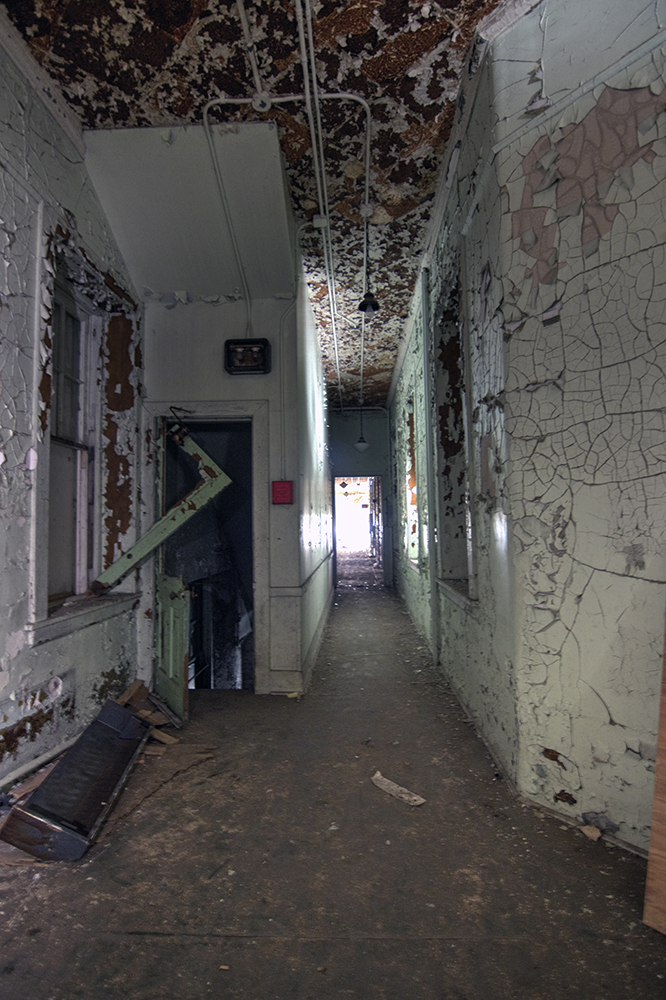
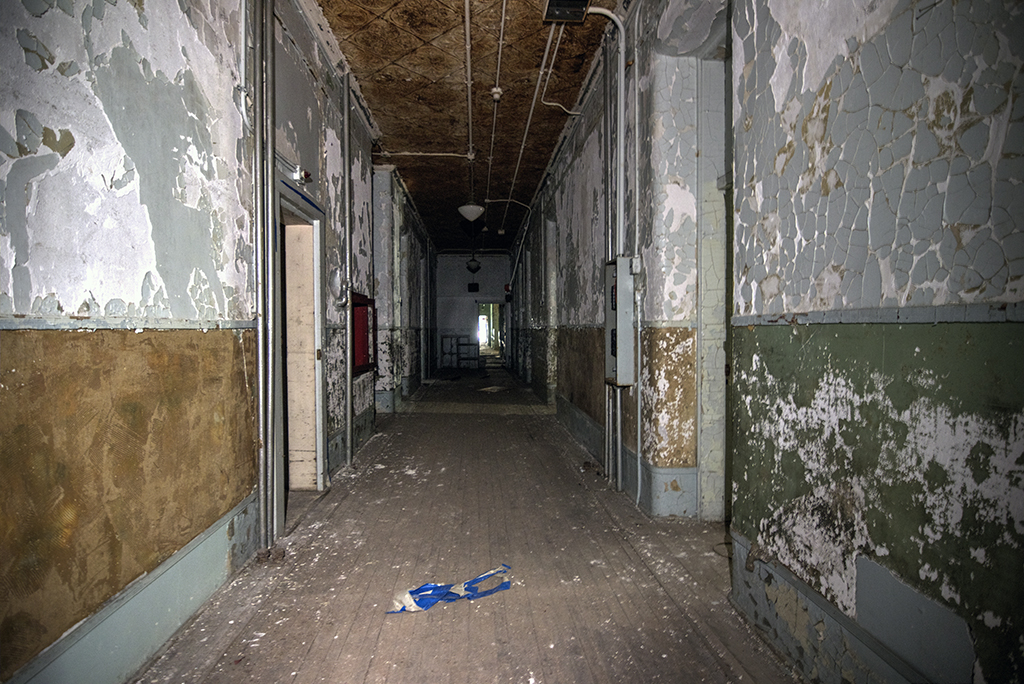
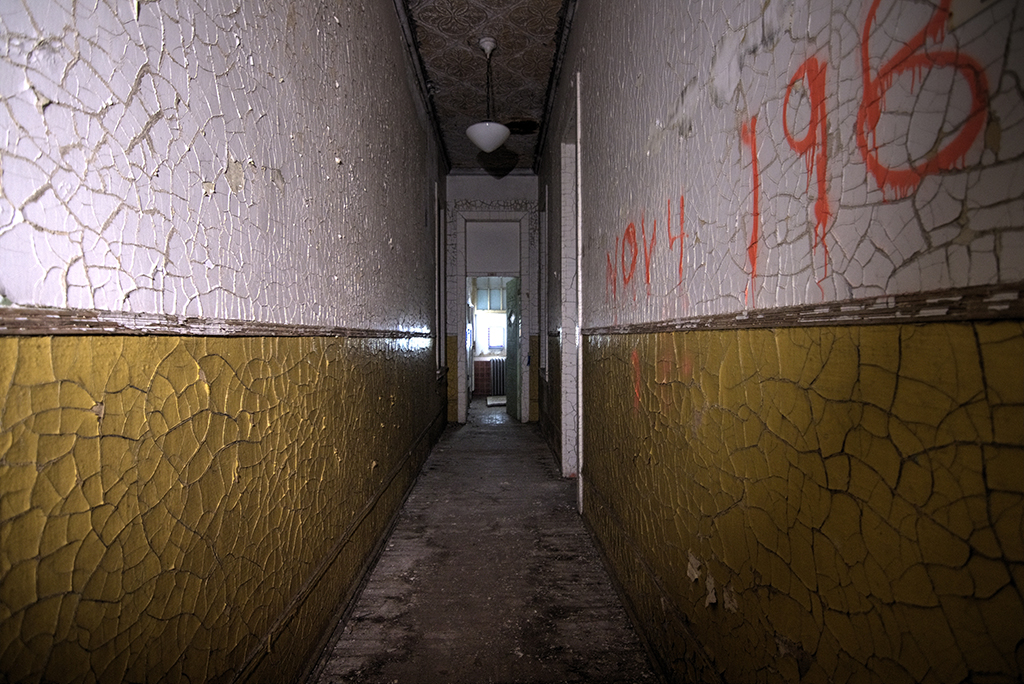
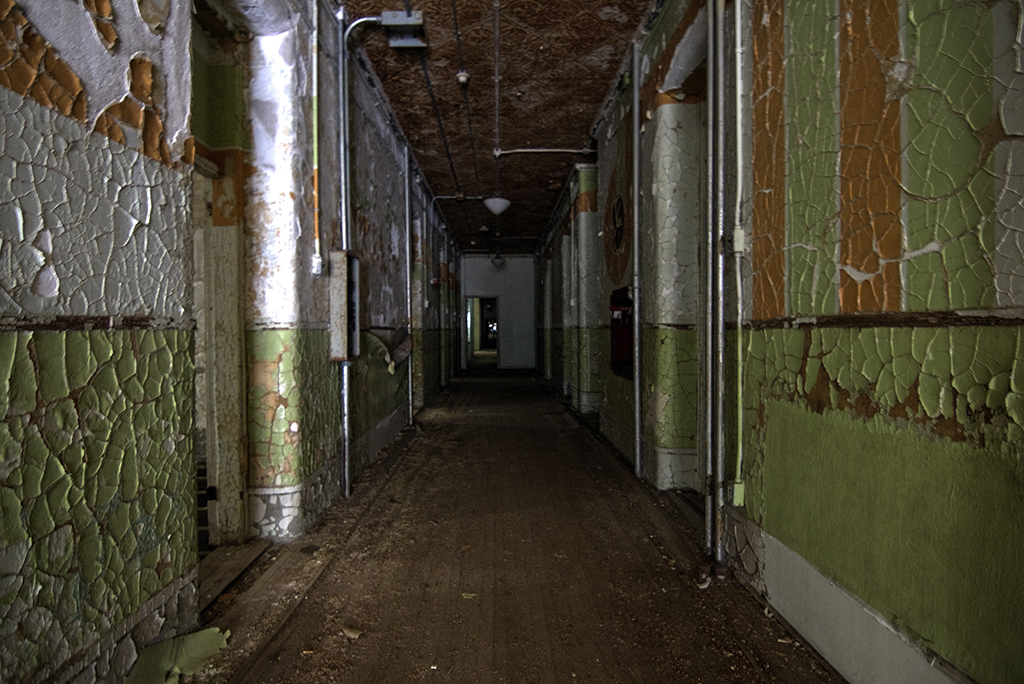
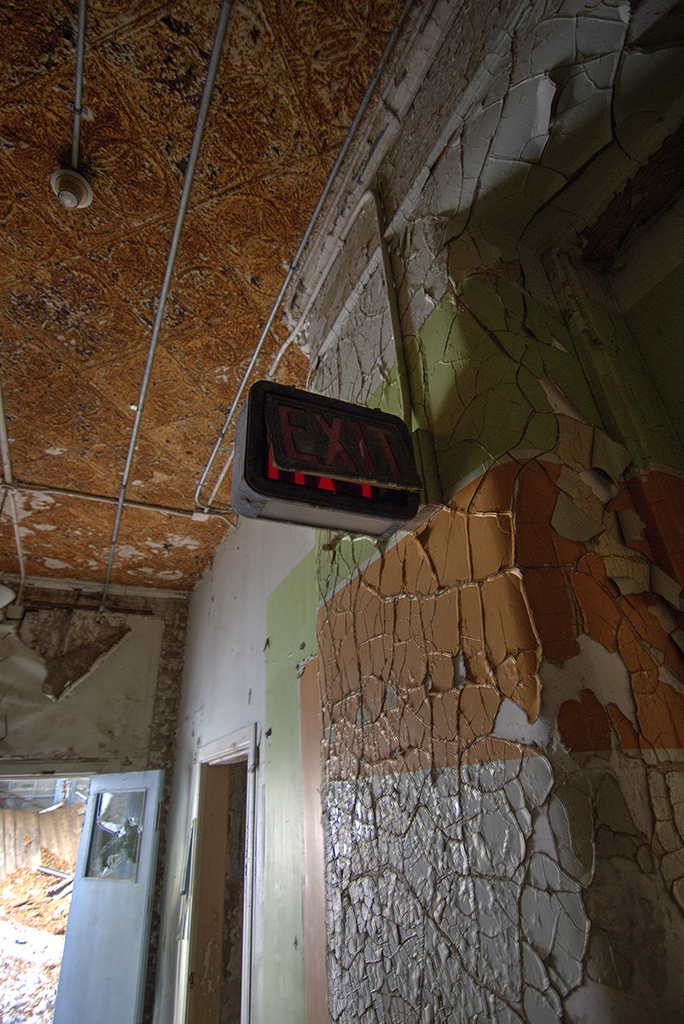
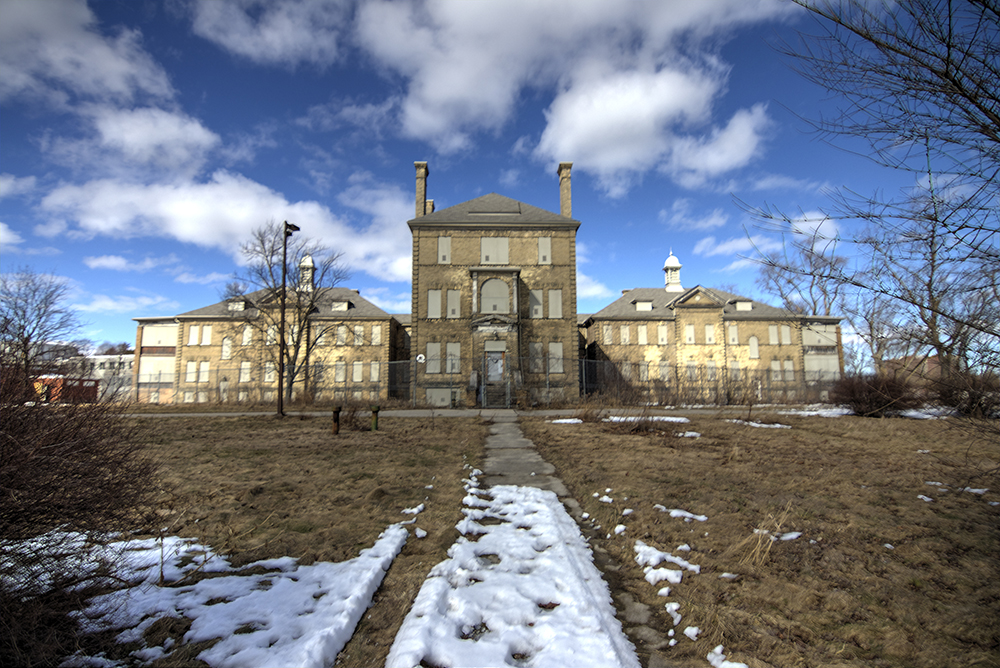
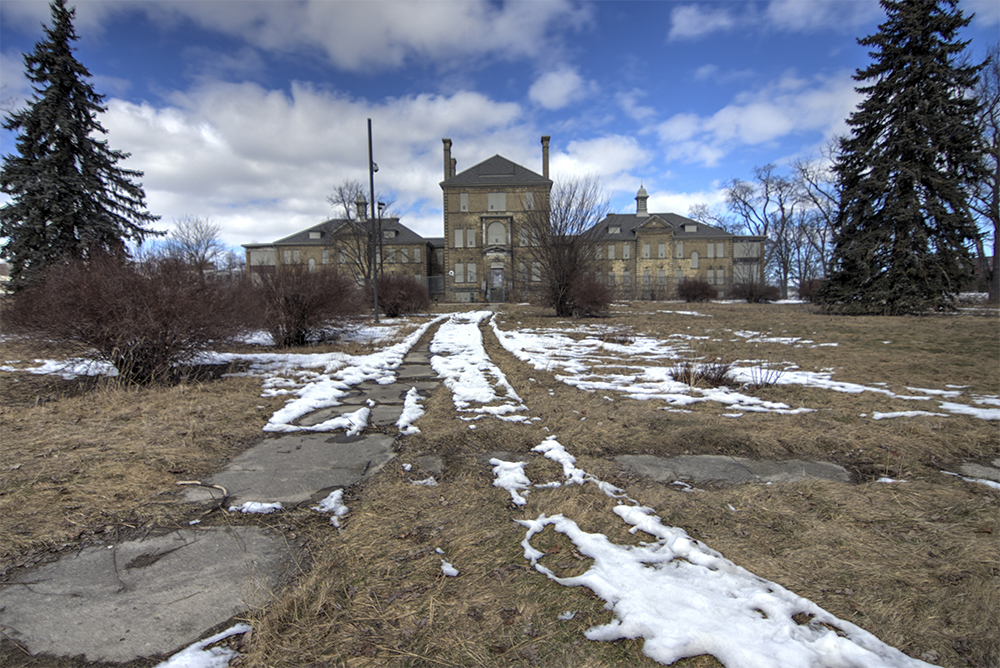
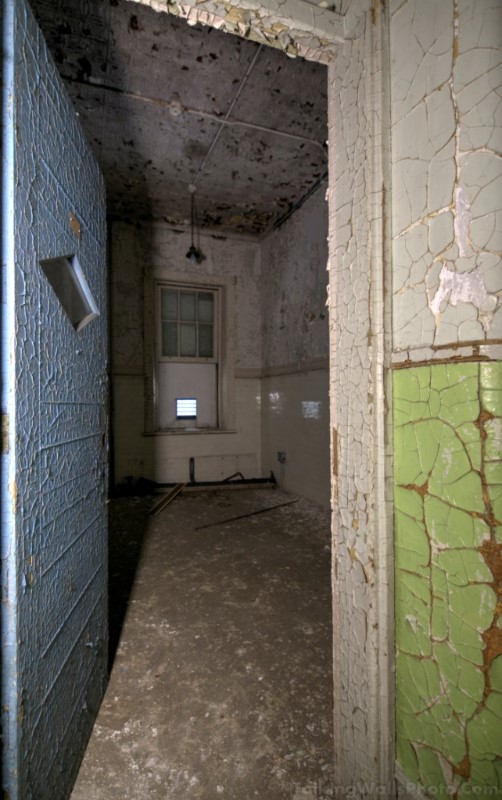
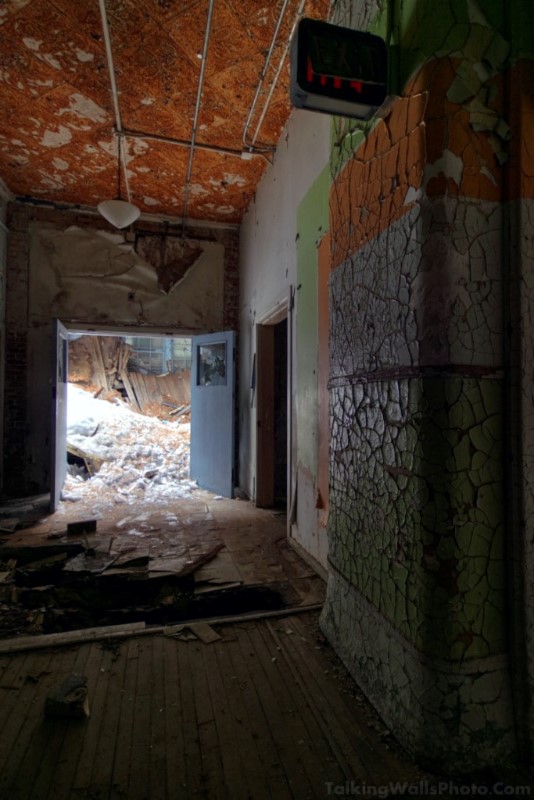
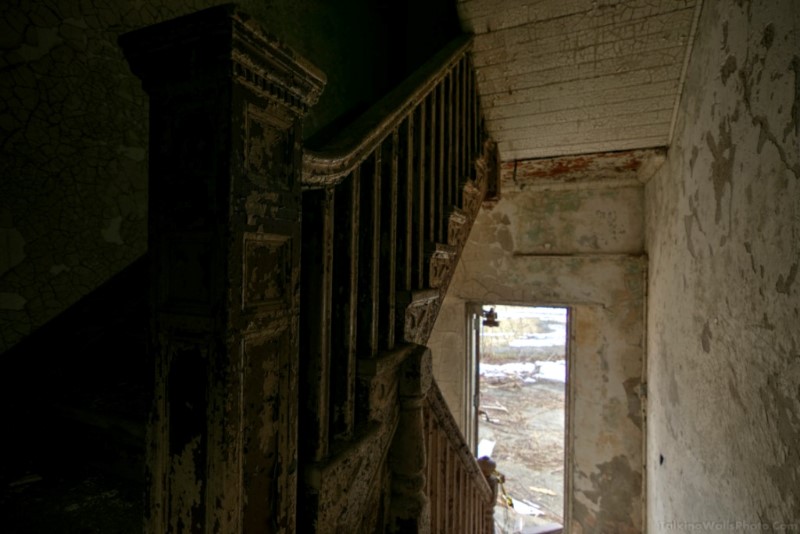
Videos
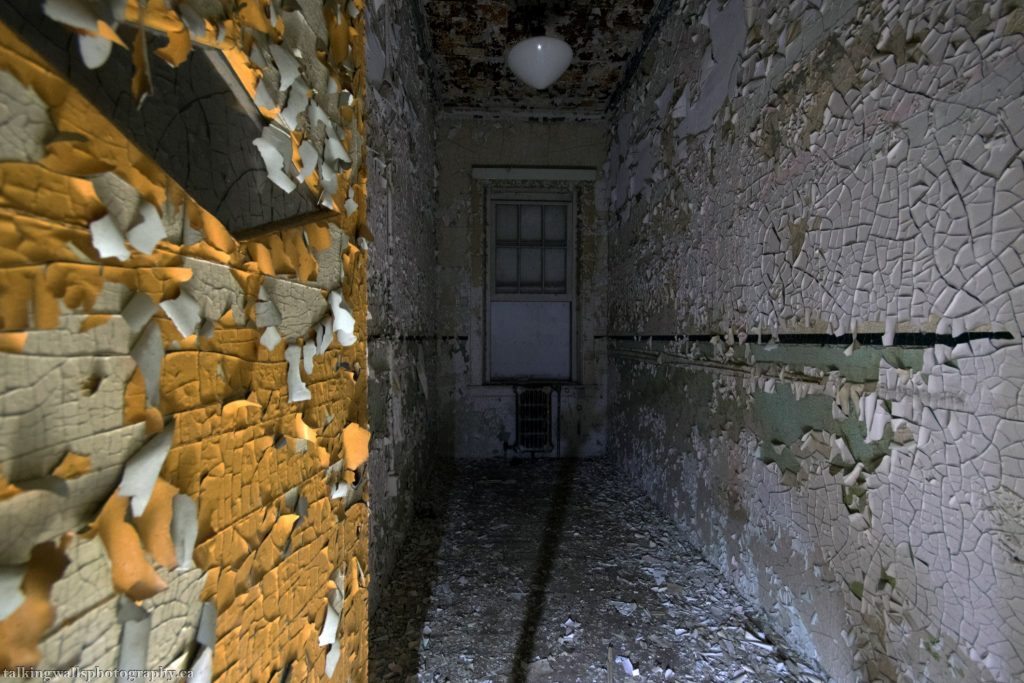
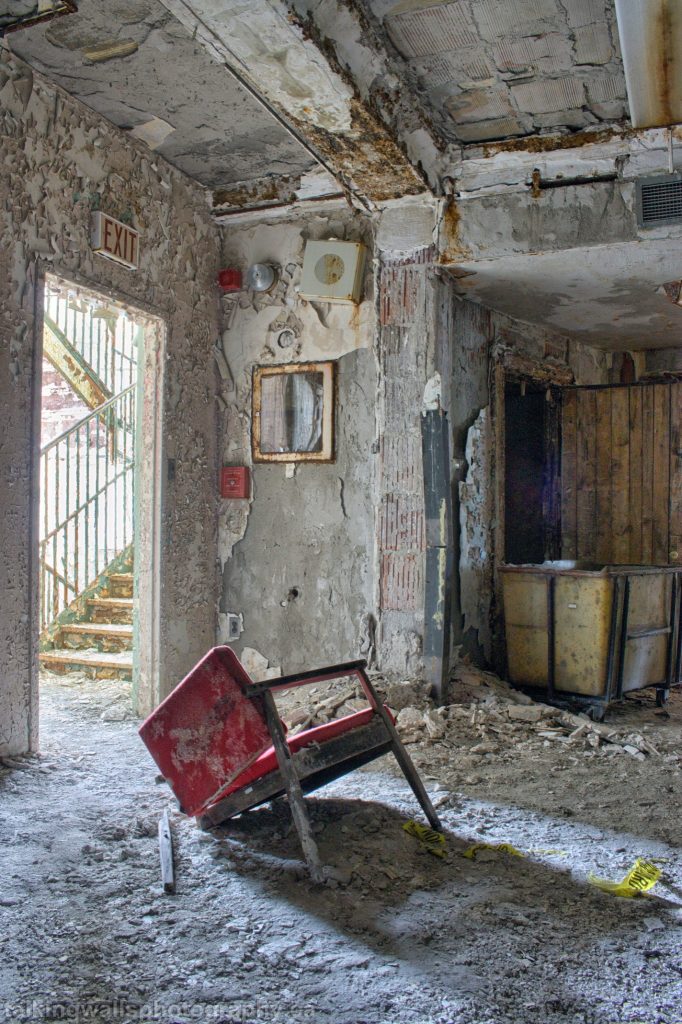
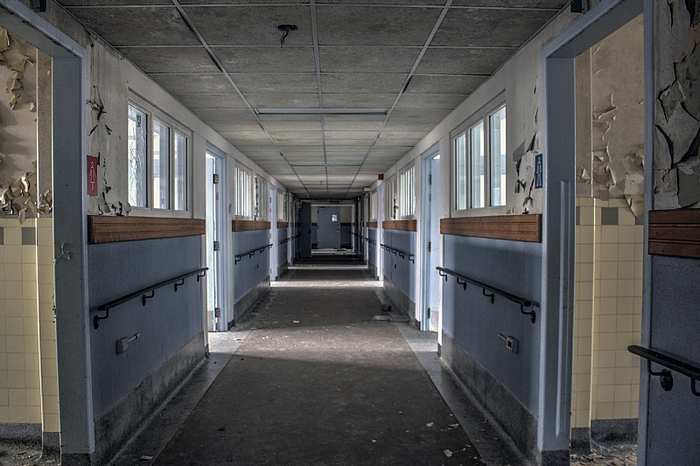
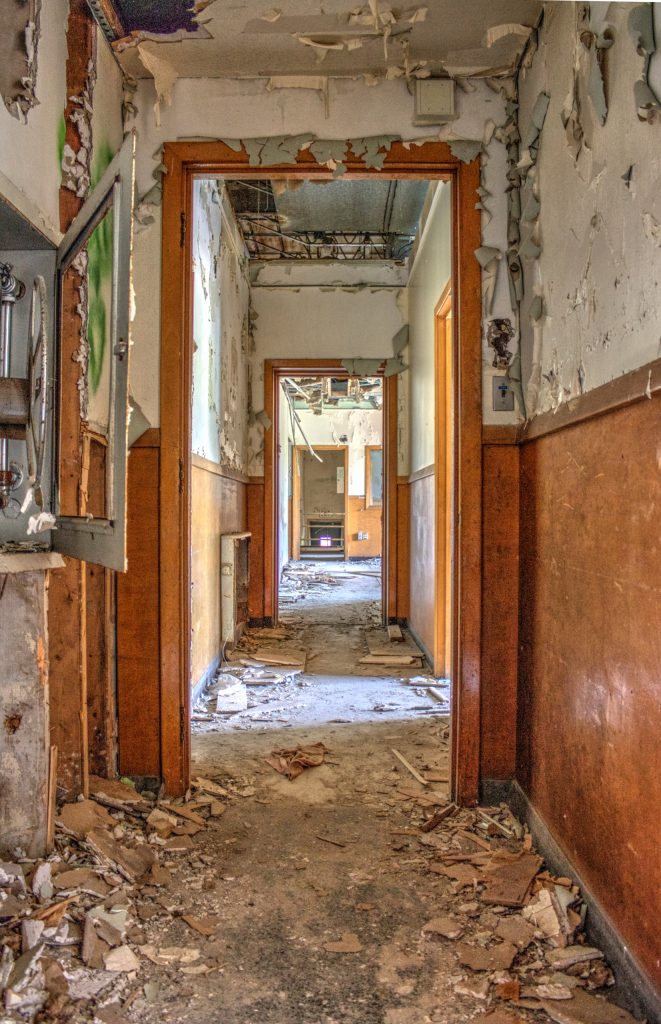
As I go through this article and the things I have read make me sick to my stomach. Mitch, I am sure you can tell your story at any given time, why wait do it now? There are plenty of ways to do it. On this site as you have already spoken your mind or how about finding a site that is related to this place or possibly even the news. Get your story out there somehow and make it be known just how the place was and how the patients were treated. If you don’t, then things will be left unsaid and places like this will continue to do as they wish with patients and just think you could/would be making a difference for others. Personally, I think you would be making a difference to others and making a change to what could become a better thing . With one more thing to be said, ” I think Canada, should be helping their own before helping those from a different county, as we have as much poverty here as anywhere else and still the government continues to put them before their own people, so think about that and take that into consideration Government Of Canada “. I am sorry for all that you’ve had to ensure as a child growing up Mitch and hopefully your life has gotten a little bit better for you. On that note I’ll end with a have a nice day everyone
Is there anyway to get into the Asylum right now?
Most likely
I live in the area and met security a few times with no issues but I met the owner a month ago and he wasn’t happy to see me. Cameras are operating and you’ll be asked to leave. You can be charged with trespassing if caught twice on the property. I like taking photos and cleaning up garbage on my walks but haven’t returned since meeting the owner.
I lived there for a year when I was a teen (15)
I should have been put on the teen ward (T2 and P2) but I wasn’t.
I was put on the worst ward of all. H2, behavior modification unit.
Locked all the time, no coming and going like T2.
It was hell.
I was moved to H1 a few times, ran away, was caught, and brought
back and slammed right back to H2.
The nurses were mean and the shrinks didn’t care about you.
The only nice people there was my social worker and the school teachers, who
I cried to a few times.
There was a school there, and because I was only 15 years old I
had to go to school. I looked forward to it as it got me off the ward.
At 6 pm every night we also went downstairs to the canteen, for pop and
snacks and we could play pool, listen to music etc…
There were dances and events in the wreck hall. I liked those too, and church every Sunday
at the little church there, The Chapel Of Hope. They also held AA meetings there.
Any excuse to get off the ward I took advantage of.
Me and my bestie there, who was also 15 and put there, used to smoke
weed on the grounds. That was when we were on H1. (a step up from H2 and more freedom)
We played on a Quiji board a few times. That was a big mistake and
I never went near one again.
My first night there I shared a room with a real insane woman named Mavis. She killed a nurse
sometime in the 50’s, All night long she kept saying to me I’ll kill you, you
son of a bitch. They kept me with her for about a week before moving me away from her.
I was on the verge of going insane.
There was lots of abuse of patients there. I wrote a letter to the Ombudsman that my teachers helped me with
and they mailed it for me as I was not allowed out!
A few weeks later The Ombudsman came to see me!
They did a complete investigation talking to both patients and staff. They recorded it all.
A few years later the good old Highbury Hilton (as we called it) ended up with an Ombudsman office there!
I started the whole thing.
I have lots to tell. I could write a book.
That’s very unfortunate but a semi-happy ending. I’m sorry to hear about all of this, Ann. I would be more than interested in hearing more if you care to share. I am extremely interested in psychiatric history and value your recollections of times that are now mostly lost. Thank you for sharing.
I used to work Security there and have been in all these buildings late at night. I can confirm that the Insane Asylum is not haunted however we had people report light inside the building and nothing there when we searched.
There was a tree at the main door which was DEAD and black in colour while vegetation was growing all around it. A Nurse told me this is the tree that people committed suicide on.
Chapel is haunted.
Recreation Building is incredibly haunted. Numerous stories from being in there.
I have had SOO many experiences due to the fact that i’m sensitive to paranormal.
Is there anyway to find out who the owner is and whether they would allow for research to be done here?
Sure, it\’s public information.
Alot of land going to waste. Home less house what a great idea. Haunted you never know. A tour would be great idea. Make something out of wasted space
my question right now is the recreation hall is partly being used as a laboratory and the rest nothing. a laboratory for what is my big question. amazing read awesome article and would love to just walk around those buildings.
When are you going to open for a tour before demoing????
Ex-security personnel here.
You\’re really only going to be asked to leave if you appear to be causing mischief, vandalism, loitering etc. If you\’re just walking your dog or going for a stroll with no obvious suspicious items on your person, it isn\’t likely you\’ll be asked to leave by us or LPS.
Those interior images must have been taken a while back – it has since been used as training by the military on multiple occasions in the last 2 or so years. The interior of the building is FAR more damaged inside than these photos depict.
Wonderful article, I quite enjoyed the read.
Between Dundas and Oxford St- Closer to Oxford St.
Where exactly on highbury is this?
I must watch too many supernatural shows. I keep wondering if it\’s haunted
I get that it is a beautiful place for most but the other side for some, is it\’s a place full of bad memories. It\’s funny how only the good things are talked about. I was there in the 80\’s, a scared child far from home, far from my only safety, my mom. Please don\’t think I\’m trying to bad mouth anyone but I think that the truth should be said.
Low income subsidized housing is greatly needed
Subsidized housing for seniors
Wasn’t the movie Beautiful Dreamers filmed here?
The grounds were beautiful. I had two friends that worked there as nurses and my Mother & her friend worked there on the housekeeping & dietary staff. It is a shame, in my opinion, that that area is not made as a place for the needed affordable housing in London.
I have always wanted to explore there. But i don\’t think it would be safe inside the old infirmary; especially with the floors as seen in the pics above.
At one point they put new roofing up on it. That made me wonder what the heck their plans were for it.
A real landmark i took pictures of often. I\’d love to know and see more.
I have worked at LPH since 97 but now I\’m at the new building which doesn\’t feel like home. I miss the old hospital very much with great memories
I enjoyed looking at them pictures
Thanks
Got married in the church. It was so beautiful. Many memories of that piece of land. Very sorry London couldn\’t figure out a better use for that magnificent piece of property than to sell it for more apartments & condos. Worthy of being a park & sports fields. The you so much for the memories & wonderful pics.
Apparently a few of the buildings are considered heritage sites and must be preserved.
Tearing down this property and building a park & sports field on it, or condos and apartments would be a disgrace. There is much more to this property than money. Do you have any idea how many people lived, breathed, died, healed, and have memories here that changed the course of their lives for the good and bad? This land has enormous history that I personally am a part of and so are numerous other people. There are a lot more important memories than a \”wedding\” on this land. Did you read the history above? If so how could you just comment that you are so sorry Long could figure out a better way to use this land and sell it? It is an historical site!! and not sure because you got married there. There is so much history of the Ontario and Canadian Mental Health system there and its very , very important. It defines a past we cannot go back to. There are so many stories hidden in those hall. These buildings and the people that spent time there because of their illness deserve respect. It was a really difficult time. I was 17 and it was not easy. It is not worthy of being a park or a sports field. It is worthy of being an historical site.
Thank you for the photos and information. Some of these photos particularly the recreation building made me cry. I remember touching and sliding down that banister. and that gym… we played basketball everyday.. It was the one thing when we were finished group therapy and the Sutton school . Wow. I close my eyes and I am there. It\’s unreal. In both good and very, very hard ways. Crazy times. Can\’t believe that was my life sometimes.
It would make a great place to house the homeless as well as new immigrants temporarily till they got on their feet and could afford their own places instead of housing them in hotels at taxpayers expense. Just my opinion.
Why do people always think that abandoned buildings with no heat, hydro or running water, no groundskeepers or maintenance crews, and no full-time security personnel would be a great place to house the homeless?
Because all the services are already there the province just needs to turn them on.
The place is huge and could house the addicts comfortably as well.
There is hydro there. There is even a lab on the fourth floor, believe it or not.
I find it kinda Ironic that I’m seeing these responses because I went there just recently to explore and believe me when I tell you. allll the buildings on this property are already ” housing” the homeless.
Housing for the homeless is a great idea. I dont understand if our country has so many homeless people why does the government pay (tax payers actually) for the immigrants to be put up in hotels until they get on their feet? – – Why not put our homeless up in hotels until they get on their feet?
That\’s the Liberals for you. They give to people that have never supported this country and let the that have live in poverty. My mother was a European immigrant and absolutely nothing was given to them. Any person that came over until I think the 2000\’s era were given no help at all from the government and it may have started even a little earlier than that.
This would be nice if they could working on this as soon as this year I walk my dog there all the time I just love walking there and I love looking at all the building I would love to see inside them I would love to live there .So I hope you start soon
worked there for almost 37 yrs ,started in the infirmary building we called it the exam building ,was a great place to work with great people
Can people still go through the old Psych unit?
No it\’s boarded up and security patrolled.
This would make a beautiful Retirement Village.
I spent almost a year as a teen on ward P2. Met a few great friends I unfortunately lost touch with since. They also had a school, a commissary, and a great Arts and Crafts room. Those rooms with the bubble window were called observation rooms. You had a mattress on the floor and that was it. The screen on the windows were made of a very thick metal mesh. Our ward had a male side and female side, all teens from age 13 to 18. I have very fond memories of my time there, saved my life, and changed me as a person.
I spent a long time there too. 72-73
When all girls had to aspire to was being a wife and mother.
The goal then was to retrain you to think like the masses.
Bullshit then, bullshit now!!
Yea got ahold of more drugs and stuff then than I could on the mean streets of London!!
I was on this same unit, \”The bubble\” hahaha – idk what years you went but when I went – was a shit show. Place made me worse – I finessed double meals because of a \”high protein\” mealplan – helps knowing your rights when you\’re on a fourm 3
I was in H2 ( behaviour modification) i was aged 13 ,and the rooms your talking about ( seclusion rooms) .yeah ,i ended up in that room occasionally ,usually accompanied by a shot of “CPZ” in my butt. I was the youngest person on H2..it was horrible. The things I experienced and saw. I Was there 1979-81,then awoled to alberta.im still in Alberta:) take care
I spent a few years on P2 also on the female side before I finally got released at the age of 16 in the 80’s ! I hated that place with a passion ! I was moved there from another hellhole CPRI ! I don’t remember much about this place except a few people I became friends with & even though many years have passed by I still think about them & hope they are doing well & life was kind to them. Some of the females on my side were really bonkers & used to flash the guys on the male side haha ! Not me ! You probably will never see this but Roger I still remember you from our days there & thankyou for always being kind to me & for being such a wonderful friend I still think about you & have never forgotten you *hugs*
Exactly! I retreived my old files and nothing mentions anything positive.or about the medication given to me .I was on H2 at the age of 13 the rooms with bubbles on h2 were called ” seclusion” dark place to be
Very interesting. Thanks for the work you\’ve done on this.
I spent time there as a teen on the teen ward T2, I don\’t have pleasant memories. Supposedly all are medical records of being there were destroyed purposely because of abuse.
I was on T2 as well – Male side, place IS haunted, and massive amounts of abuse happend – when will we get to tell our story ?
I was a 13 year old and placed on H2 for behavior modification.i had anger issues and wasn’t able to be around people my age.very horrible experience.watched people attempt suicide ,saw many horrible things.finally awoled just before my 16th birthday.living in Alberta since 1981